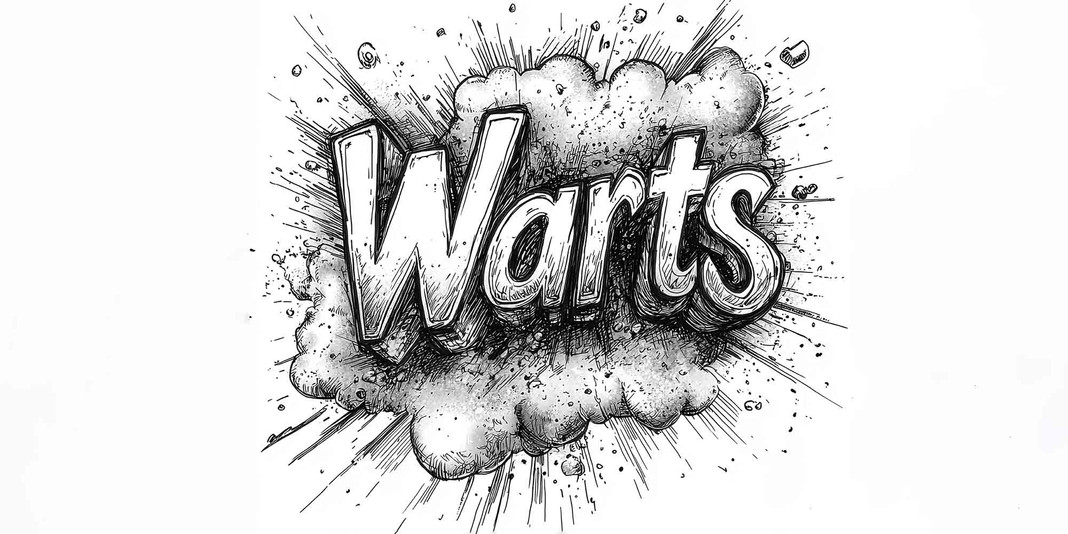
How To Get Rid Of Warts
Warts are small protrusions or raised lumps, which are caused by a viral infection often arising as a result of broken skin or a compromised immune system. The virus responsible is the human papillomavirus, HPV, of which there are many strains.
There are many different types of warts varying in shape and the site of infection; ranging from the common wart (verruca vulgaris) to genital warts and each type of wart comes from a different strain.
Warts are viruses living within skin with the blood vessels actually feeding the virus ensuring it carries on thriving. This is the reason why removal of warts can often be painful because it is attached to the capillaries and embedded in the skin. Often you can see black dots at the site which are clotted blood vessels feeding the wart.
What are the different types of warts?
There are many types of warts with varying sizes, shapes and appearances which include:
Plantar warts – A common type of wart that grows on the side or bottom of the foot. Because they are usually located on the bottom of the feet, they are usually flat and painful. The pressure of the body weight causes the plantar wart to grow inward. Anyone can develop plantar warts, however this type of wart is more likely to affect teenagers; people with a weakened immune system; those who have been affected by plantar warts before; and people who walk barefoot especially in public baths and showers.
Flat warts – These warts are small and smooth with a distinct oval or round shape. They appear in large numbers, anywhere between 20 and 100, and can be found anywhere on the body. In children, these warts are most often found on the face and fingers. Scratching causes the warts to spread in a linear fashion.
Genital warts – These are spread through sexual contact and form tiny, soft, flesh coloured bumps.
Why do warts spread?
Warts are spread when a non-infected area comes into contact with an infected area either through direct contact or contact with skin cells shed from the wart. In order to contract the infection, the uninfected skin needs to have a small tear or opening. Warts can be highly contagious and hence one should not use towels and objects from people who already have warts.
What is the best wart treatment?
Whatever the type of wart, there is great justification in the use of the amino acid L-lysine. Lysine inhibits viral replication by blocking the uptake of arginine, a major “food source” for the virus to multiply. The supplement I would recommend is L-Lysine by Lamberts, take three tablets daily on an empty stomach. Lysine also helps to boost the immune system which ensures a faster recovery from this type of infection.
Topically, for all types of warts excluding genital warts, I would recommend Fulvic Acid Nail Cream because it has a synergy of anti-viral oils, including Tea Tree Oil, Lemongrass Oil and Coconut Oil, making it very useful for cold sores and warts. It is very gentle and suitable for children too.
DISCLAIMER: The views, opinions and information expressed in this article and on Victoriahealth.com Ltd are those of the author(s) in an editorial context. Victoriahealth.com Ltd cannot be held responsible for any errors or for any consequences arising from the use of the information contained in this editorial or anywhere else on the site. Every effort is made by the editorial and content team to see that no inaccurate or misleading information, opinion or statement appear, nor replace or constitute endorsement from medical bodies or trials unless specified. Victoriahealth.com Ltd accept no liability for the consequences of any inaccurate or misleading data, information, opinion or statement. Information on Victoriahealth.com Ltd and in the editorials is provided for informational purposes only and is not intended as a substitute for the advice provided by your physician or other healthcare professional. You should not use the information on this website or in the editorials for diagnosing or treating a health concern or disease, or for the replacement of prescription medication or other treatment.


